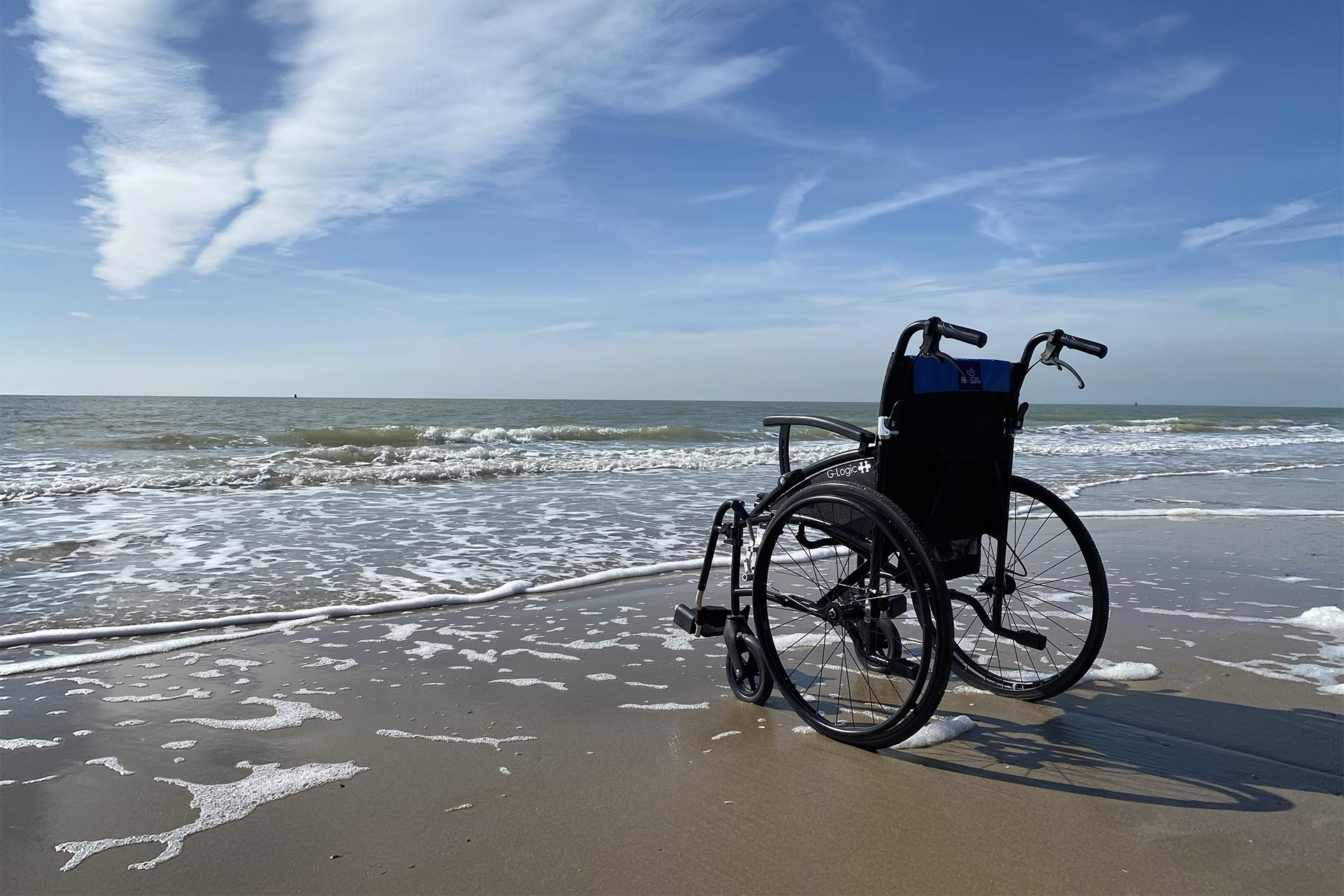Everyday Tips for Navigating Accessibility Challenges as a Wheelchair User
Getting around shouldn’t feel like a mission, but for many wheelchair users, everyday spaces can still throw up frustrating barriers. The good news? With a bit of planning and a few clever workarounds, it’s possible to take on those challenges with ease and confidence. Whether it’s navigating public spaces, catching public transport, or accessing buildings, this guide is packed with simple, practical tips to help make life more accessible – one step (or roll!) at a time.
Planning Ahead
Use accessibility-focused apps
Technology is no longer a ‘four-letter word’. Let it be the game-changer that transforms your mobility experience and opens up a world of accessible possibilities. Apps like WheelMap and AccessNow provide crowd-sourced information about the accessibility of public spaces, from restaurants to restrooms. Now you can plan your outings like a pro – full of confidence and the comfort of being in control of your independence!
Research locations
When you’re heading somewhere new, it’s always a good idea to call ahead or check the venue’s website for accessibility info. You can ask them about things like ramps, lifts, and accessible restrooms. And don’t forget to scan online reviews – fellow wheelchair users often share helpful tips that you won’t find anywhere else.
Use mobility aids and accessories
Customise your mobility experience by including easy-to-use portable equipment such as lightweight ramps or seat cushions and make navigating those difficult, less accessible environments easier. Keep a toolkit handy for unexpected situations, such as a flat tyre or loose bolts – you don’t want to be caught stuck when a simple fix could keep you rolling!
Transportation Tips
Know your public transport options
Getting around South Africa with a wheelchair can be tricky, especially since public transport options are limited – but there are some good ones out there! Services like the Gautrain buses in Gauteng and the MyCiTi buses in Cape Town offer wheelchair access and are a great place to start. Check their websites for routes and accessibility info, or give their customer service a call to help plan your trip with confidence.
Ride-sharing services
No car? No problem! Services like Uber WAV and Bolt offer options that can accommodate wheelchair users in selected areas – even in South Africa! However, since these services are limited you should check availability before committing to any grand plans – like rolling your bestie down the aisle 😉
Requesting a wheelchair-accessible vehicle (WAV) through the Uber app is as easy as 1, 2, 3, 4:
- Open the Uber app and enter your destination
- Select WAV at the bottom of the screen (if available)
- Confirm the pickup and destination addresses
- Tap Confirm WAV
While Bolt doesn’t currently have any dedicated wheelchair-accessible vehicles (WAVs) in South Africa, they do have an Accessibility category that uses drivers who have had specific training to provide better and more effective service to people with disabilities. These drivers can assist with foldable wheelchairs and mobility needs – and offer extended support and comfort at the same time.
Air travel advice
Navigating airports can be daunting – even more so in a wheelchair or when mobility impaired – but preparation helps. When booking your flights, chat with the airline or your travel agent about the airline’s policies on wheelchair handling, and then allow yourself extra check-in time to handle the security and boarding procedures without panic.
Adapting in Less-Accessible Spaces
Use portable solutions
A portable ramp can be a real game-changer when you’re faced with a step, raised doorway, or uneven surface that wasn’t part of the plan. These handy tools are compact, lightweight, and easy to carry in a car or backpack. Whether you’re visiting a friend’s house or arriving at a venue that didn’t quite tick the accessibility box, having your own ramp on hand can make all the difference – turning a no-go into a smooth roll-in.
Advocate for change
Whether you’re a wheelchair user or not, by speaking up when you encounter accessibility issues, you can help others enjoy a more comfortable, confident experience down the line. So don’t be afraid to inform a business about a missing ramp or contact local officials about pavement barriers; advocacy helps improve conditions for everyone.
Building A Support Network
Connect with local groups
You don’t have to go it alone! There are many user groups and disability organisations you can join that provide resources, support, and camaraderie. One highly recommended group is DisabilityInfo – started in 2015 to offer advice and guidance to those in need. And perhaps even a fun event or two where you can socialise and mingle with people around you.
Share knowledge
Knowledge is power! So don’t be shy to exchange tips with others in the community about navigating your specific challenges – you never know who else is going through the same thing and looking for a bit of comfort. Online forums and social media groups can also be great resources for advice and recommendations. And why not get involved in our blog – share your stories, thoughts, and ideas!
Accessibility challenges will sadly be a reality for the foreseeable future – but with a bit of planning, some creative thinking, and the support of a great community, the world becomes a whole lot easier to navigate. By staying prepared, using the tools that work for you, and speaking up when access falls short, you’re not just making life smoother for yourself – you’re helping to open doors for others too.
